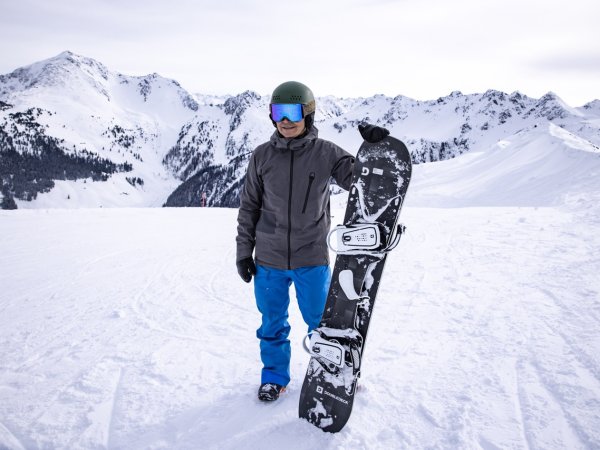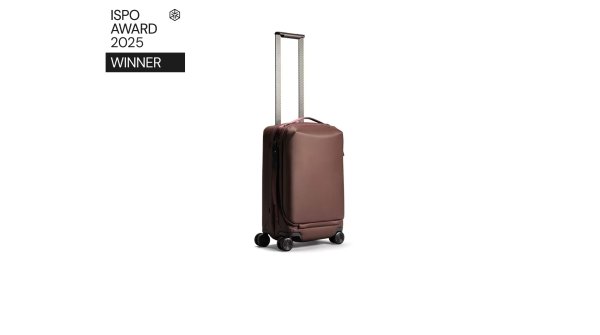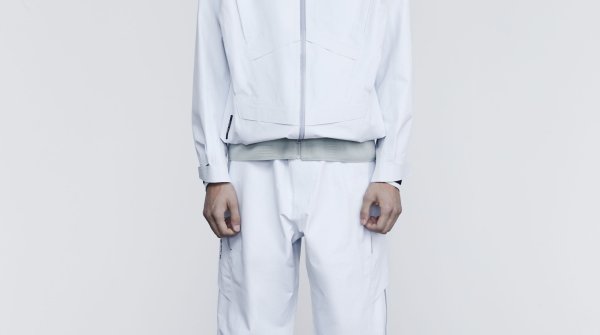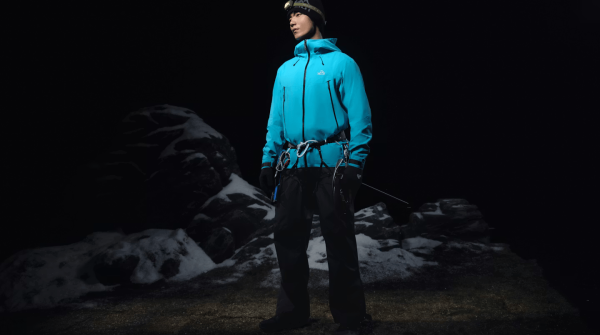The Doubledeck snowboard consists of two elements: the "motherboard", which at first glance looks very similar to a conventional snowboard. And the convex bridge mounted on the deck in the binding area of the board: the CPS arch construction. This visually striking difference to a conventional snowboard is largely responsible for the board's performance. Doubledeck expects four main benefits from this technology:
- Better power transmission to the entire effective edge
- Easier turn initiation and less chance of catching an edge
- Better damping
- Higher jumps
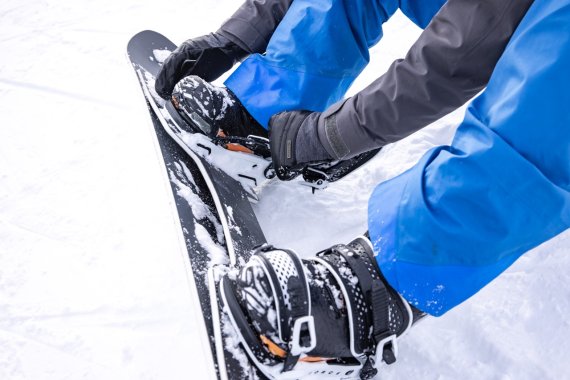
For my test ride, the Doubledeck team fitted me with a 153cm board. I am 1.75m tall and weigh 72kg. Normally I like to ride slightly longer boards around 158cm for better edge grip on the slopes. But Andreas Kramer, the inventor of the Doubledeck snowboards, assured me that I would be fine with the 153cm board. The patented CPS Camber Construction is said to improve power transfer to the edge - I was excited.
In order to concentrate fully on the board's riding characteristics, I rode the Doubledeck with a classic strap binding, as I normally use for snowboarding on the piste, and my familiar snowboard boots. For the first few turns, I started on a flat blue slope and was pleasantly surprised at how playful the board felt underfoot. The slightly raised stance didn't take any getting used to. On the contrary, turning and steering felt completely natural and effortless. I also found it easy to change edges - whether at low or high speeds - and the board always felt agile and easy to control. I can well imagine that beginners will find it easier to learn snowboarding on a Doubledeck snowboard thanks to the simplified turn initiation.
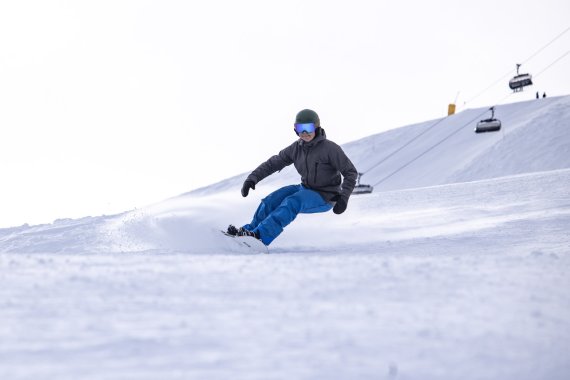
To experience the positive effect of the CPS technology on power transfer to the edge, you need to carve turns with active high or low relief. The reason for this is that the cambered arc is only loaded and pushed through during high-low turns, which improves power transfer to the edge contact points. The effect was clearly noticeable and with an active riding technique the Doubledeck snowboard is an excellent carving board on the piste. Advanced riders in particular will benefit from the increased edge pressure, as the snowboard is more stable at high speeds.
When the piste is rougher and less well-prepared, the dampening effect of the cambered arch has a positive effect. Because you don't have to compensate for every bump with your ankles and legs, the Doubledeck snowboard is easier to ride than conventional boards. As I mainly snowboard on the snow and not in the air, I was unable to judge the supposed effect of the improved jumping characteristics.
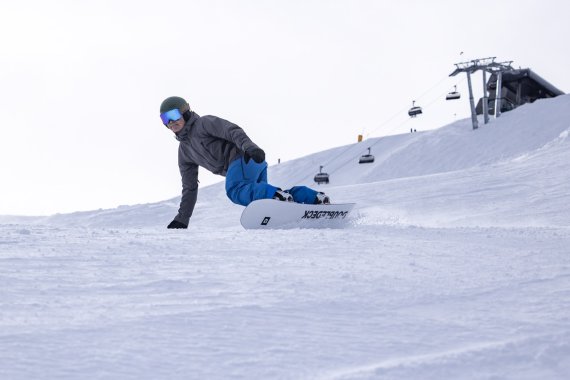
Conclusion
First and foremost, the Doubledeck is an all-mountain board that really comes into its own on uneven and rutted terrain. Unevenness in the terrain is effectively absorbed and bumps are minimized. Even when carving fast on uneven terrain, the Doubledeck offers a remarkably smooth ride and precise, relaxed handling.
Experienced riders as well as beginners will benefit from the patented construction. It reduces the risk of canting and makes it easier to change edges.
- ISPO awards
- Mountain sports
- Bike
- Design
- Retail
- Fitness
- Health
- ISPO Job Market
- ISPO Munich
- ISPO Shanghai
- Running
- Brands
- Sustainability
- Olympia
- OutDoor
- Promotion
- Sports Business
- ISPO Textrends
- Triathlon
- Water sports
- Winter sports
- eSports
- SportsTech
- OutDoor by ISPO
- Heroes
- Transformation
- Sport Fashion
- Urban Culture
- Challenges of a CEO
- Trade fairs
- Sports
- Find the Balance
- Product reviews
- Newsletter Exclusive Area
- Magazine
